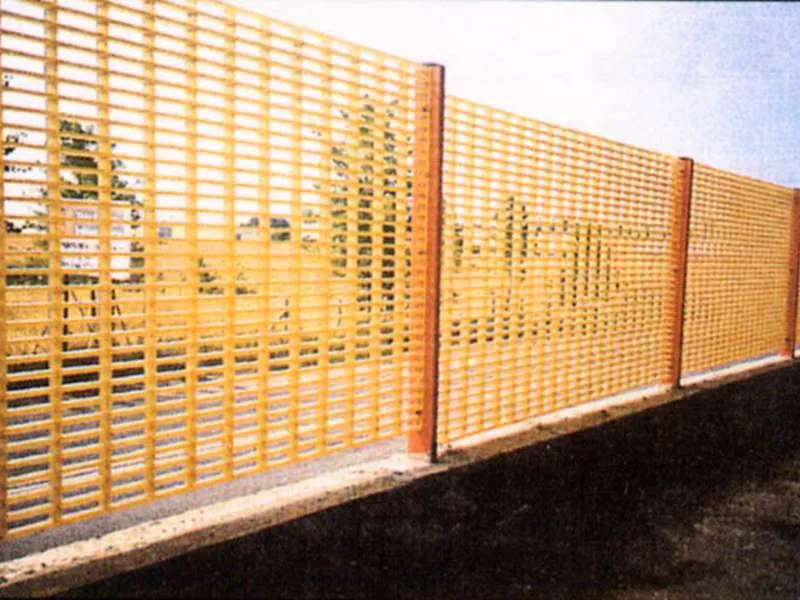
-
 Afrikaans
Afrikaans -
 Albanian
Albanian -
 Amharic
Amharic -
 Arabic
Arabic -
 Armenian
Armenian -
 Azerbaijani
Azerbaijani -
 Basque
Basque -
 Belarusian
Belarusian -
 Bengali
Bengali -
 Bosnian
Bosnian -
 Bulgarian
Bulgarian -
 Catalan
Catalan -
 Cebuano
Cebuano -
 China
China -
 China (Taiwan)
China (Taiwan) -
 Corsican
Corsican -
 Croatian
Croatian -
 Czech
Czech -
 Danish
Danish -
 Dutch
Dutch -
 English
English -
 Esperanto
Esperanto -
 Estonian
Estonian -
 Finnish
Finnish -
 French
French -
 Frisian
Frisian -
 Galician
Galician -
 Georgian
Georgian -
 German
German -
 Greek
Greek -
 Gujarati
Gujarati -
 Haitian Creole
Haitian Creole -
 hausa
hausa -
 hawaiian
hawaiian -
 Hebrew
Hebrew -
 Hindi
Hindi -
 Miao
Miao -
 Hungarian
Hungarian -
 Icelandic
Icelandic -
 igbo
igbo -
 Indonesian
Indonesian -
 irish
irish -
 Italian
Italian -
 Japanese
Japanese -
 Javanese
Javanese -
 Kannada
Kannada -
 kazakh
kazakh -
 Khmer
Khmer -
 Rwandese
Rwandese -
 Korean
Korean -
 Kurdish
Kurdish -
 Kyrgyz
Kyrgyz -
 Lao
Lao -
 Latin
Latin -
 Latvian
Latvian -
 Lithuanian
Lithuanian -
 Luxembourgish
Luxembourgish -
 Macedonian
Macedonian -
 Malgashi
Malgashi -
 Malay
Malay -
 Malayalam
Malayalam -
 Maltese
Maltese -
 Maori
Maori -
 Marathi
Marathi -
 Mongolian
Mongolian -
 Myanmar
Myanmar -
 Nepali
Nepali -
 Norwegian
Norwegian -
 Norwegian
Norwegian -
 Occitan
Occitan -
 Pashto
Pashto -
 Persian
Persian -
 Polish
Polish -
 Portuguese
Portuguese -
 Punjabi
Punjabi -
 Romanian
Romanian -
 Russian
Russian -
 Samoan
Samoan -
 Scottish Gaelic
Scottish Gaelic -
 Serbian
Serbian -
 Sesotho
Sesotho -
 Shona
Shona -
 Sindhi
Sindhi -
 Sinhala
Sinhala -
 Slovak
Slovak -
 Slovenian
Slovenian -
 Somali
Somali -
 Spanish
Spanish -
 Sundanese
Sundanese -
 Swahili
Swahili -
 Swedish
Swedish -
 Tagalog
Tagalog -
 Tajik
Tajik -
 Tamil
Tamil -
 Tatar
Tatar -
 Telugu
Telugu -
 Thai
Thai -
 Turkish
Turkish -
 Turkmen
Turkmen -
 Ukrainian
Ukrainian -
 Urdu
Urdu -
 Uighur
Uighur -
 Uzbek
Uzbek -
 Vietnamese
Vietnamese -
 Welsh
Welsh -
 Bantu
Bantu -
 Yiddish
Yiddish -
 Yoruba
Yoruba -
 Zulu
Zulu
rectangular tank made of fiberglass material
The Versatility of Fiberglass in Rectangular Tank Design
Fiberglass, a composite material made from fine glass fibers, has revolutionized various industries due to its exceptional qualities. One of its notable applications is in the design and manufacturing of rectangular tanks. These tanks serve numerous purposes across diverse fields such as agriculture, aquaculture, water treatment, and industrial processes. The choice of fiberglass for constructing these tanks imparts several advantages that make it a preferred material.
First and foremost, the strength-to-weight ratio of fiberglass is remarkably high. Unlike traditional materials like steel or concrete, fiberglass tanks are lightweight, making them easier to transport and install. This property is particularly beneficial in locations that require the tank to be positioned in hard-to-reach areas or where heavy machinery cannot operate. The lower weight also translates to reduced structural support requirements, leading to cost savings during construction and installation.
Corrosion resistance is another significant advantage of fiberglass tanks. In environments where they are exposed to harsh chemicals or elements, such as agricultural facilities storing fertilizers or industrial settings handling corrosive substances, fiberglass provides an enduring solution. Unlike metal tanks that may rust or degrade over time, fiberglass offers long-term durability. This is especially crucial in applications involving water treatment, where the integrity of the tank is paramount to maintain hygiene and prevent contamination.
Additionally, fiberglass tanks can be customized to fit specific needs. Manufacturers can create rectangular tanks in various sizes and capacities, allowing for tailored solutions that meet particular industry requirements. The flexibility in design means that tanks can be engineered for unique applications, such as aquaculture systems where oxygen levels must be managed meticulously or in agricultural setups requiring specific volumes for irrigation or chemical storage.
rectangular tank made of fiberglass material

Moreover, the insulating properties of fiberglass contribute to maintaining stable temperatures within the tanks. This is especially beneficial in settings where temperature fluctuations can impact the stored liquid's properties, such as in aquaculture where water temperatures affect the health of fish. With proper insulation, fiberglass tanks can help reduce heating and cooling costs while ensuring optimal conditions for aquatic life.
Fiberglass tanks also promise ease of maintenance. Their non-porous surfaces prevent algae and bacteria buildup, which is critical for systems dealing with water storage. Regular cleaning processes are simplified, as stains and residues can be easily wiped away, ensuring the tanks remain hygienic with minimal effort. Additionally, any repairs required can be conducted without significant downtime or alterations to the tank's structure.
In terms of environmental impact, fiberglass is generally considered a more sustainable choice, especially when compared to materials like plastic, which can take centuries to decompose. Many fiberglass tanks are made from recycled materials, further reducing their ecological footprint.
To sum up, the versatility of fiberglass in manufacturing rectangular tanks cannot be overstated. Its lightweight nature, resistance to corrosion, customizable designs, insulating properties, and ease of maintenance make it an ideal choice across various industries. As we continue to innovate and seek sustainable solutions, fiberglass will undoubtedly play a crucial role in the future of tank manufacturing and applications, providing effective and durable solutions for a wide range of needs.
Latest news
-
Exploring the Benefits of Top Hammer Drifter Rods for Enhanced Drilling PerformanceNewsJun.10,2025
-
High-Precision Fiberglass Winding Machine for GRP/FRP Pipe Production – Reliable & Efficient SolutionsNewsJun.10,2025
-
FRP Pipes & Fittings for Shipbuilding - Corrosion-Resistant & LightweightNewsJun.09,2025
-
Premium FRP Flooring Solutions Durable & Slip-ResistantNewsJun.09,2025
-
Premium Fiberglass Rectangular Tanks Durable & Lightweight SolutionNewsJun.09,2025
-
Tapered Drill String Design Guide Durable Performance & UsesNewsJun.09,2025









